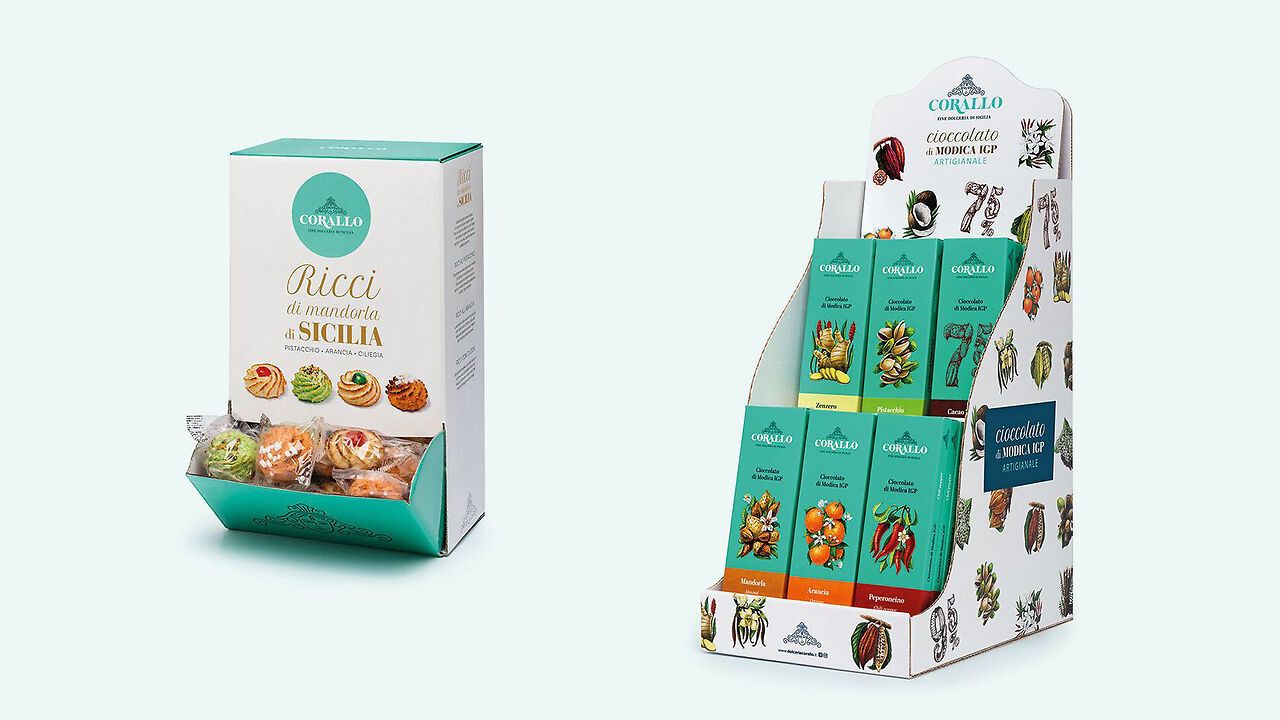The guardian of a timeless tradition, Modica chocolate is still prepared today using the traditional cold processing of cocoa, a technique that the Spaniards imported to Europe from the equatorial forests of Central America 3,000 years ago and introduced to Sicily during their domination in the 16th century.
The technique used today to produce Modica chocolate was learned by the Spaniards in the distant Americas of the Aztecs, who produced a precious bitter cocoa beverage, Xocoātl, through the ritual of grinding cocoa beans.
The tool used by the Aztecs was the metate, a curved stone grinder heated by an underlying brazier on whose surface the beans were ground with the help of a sort of rolling pin.
It was a very frothy and particularly bitter beverage, often flavored with vanilla, chili, and pepper. The Aztecs consumed xocoatl to eliminate fatigue and stimulate physical and mental strength.
The Spaniards kept the cocoa bean processing process nearly unchanged as they learned it from the Aztecs, but made one major variation that would make the mixture more flavorful: the addition of sugar. Still unknown to colonial peoples, the added sugar at low temperatures did not dissolve within the mass, giving the mixture the rough and granular texture that still characterizes Modica chocolate today.
For centuries, chocolate remained a predominantly homemade product here in Modica: first, noble and upper-class families, and then the rest of the population used to prepare it during the Christmas holidays. Even in the rest of Europe, the famous chocolate bar began to spread, becoming more refined in the kitchens of courts and monasteries and later in cafes, where all the exotic and colonial raw materials discovered by Europeans were consumed.
The cold processing slowly disappeared in Europe due to the new production processes introduced by the Industrial Revolution. Only in Modica has this recipe been passed down unchanged to the present day, thanks to the passion and artistry of master chocolatiers who have guarded and preserved its value and authenticity.
